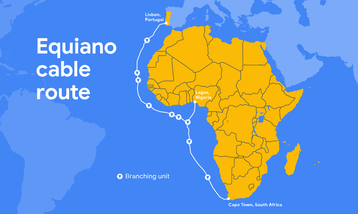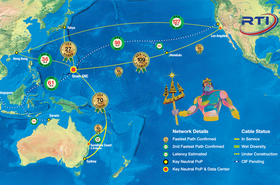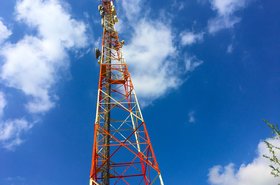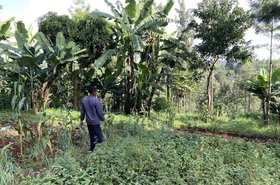Paratus Group has activated the Namibian branch of the Equiano Subsea Cable.
The Equiano subsea cable is a Google-owned project. It was officially launched in September 2022 when the cable landed in Cape Town. The cable has involved $1 billion of investment and is the company’s largest of its six cables and has nine branching points.
CEO of the Paratus Group, Schalk Erasmus, said: “Today marks a major milestone in the development of the Equiano story, bringing significant opportunities to the region. The sizeable jump in available capacity allows us to export this capacity to the rest of the region, benefiting not only Namibia but also fostering connectivity and progress across the SADC region.”
Paratus completed work on the Namibia cable landing station in February 2022, and the Equiano cable landed in July of that year.
Now that the latest cable branch is live, Paratus is anticipating it will provide approximately 20 times more capacity than the existing cables connecting Europe to South Africa, with 12 fiber pairs and a capacity of 144 Tbps. For Namibia specifically, the cable is expected to increase Internet penetration by 7.5 percent by 2025.
According to Erasmus, Paratus Group has invested more than $40 million in the last five years to build infrastructure connecting Johannesburg to Lisbon and London. Latency is now reduced to 135ms, and future improvements are anticipated to bring this down to 125ms between Johannesburg and Lisbon, and 150ms from Johannesburg to London.
“We take immense pride in being the landing partner for Equiano in Namibia. This milestone will deliver improved connectivity to all Africans, aligning with our mission to transform Africa through exceptional digital infrastructure and customer service,” Erasmus added.
The company also has a terrestrial network across southern Africa including Namibia, Zambia, Botswana, and South Africa. Last year, Paratus launched the new data center in Windhoek, Namibia, which also acts as the cable landing station. As well as this, the company has two data centers in Angola, another in Zambia, and plans to develop another in Namibia.
Seacom is leasing part of the Equiano cable's capacity, while satellite firm OneWeb is leasing part of the cable's capacity from the government of St. Helena.






